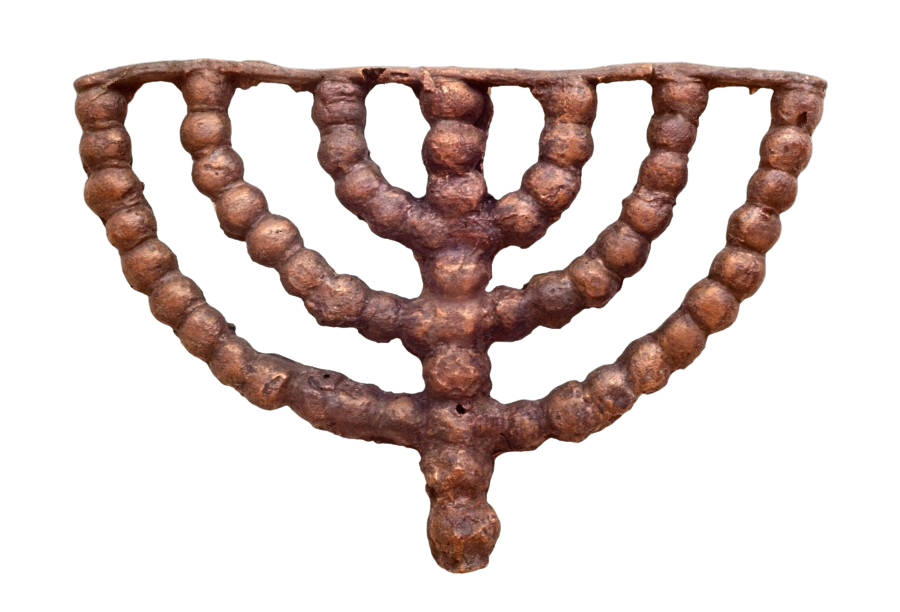Land of Israel Borders, Tithing, Sukkot, Hanukkah and Shmita Rehov Synagogue Mosaic Floor
A mosaic floor inscription uncovered in the ancient synagogue of Rehov, located five kilometers south of Beit She'an, is by far the most significant archaeological evidence for the textual history of Rabbinic literature, particularly its halakhic content. Twenty-nine lines in length, this inscription is written in late Rabbinic Hebrew and is the longest Jewish inscription from late antiquity, as well as the most significant physical evidence for rabbinic literature prior to the medieval era. The inscription mentions Jewish festivals, defines the borders of the Land of Israel as settled by returning Jews after the Babylonian exile, and also lists laws of tithing, sabbatical years, and names of 18 Jewish towns.
The inscription starts with: "Shalom. These fruits are forbidden in Beit She'an during the Seventh Year (Shmita)... the leeks from the Festival (Sukkot) until Hanukkah …”
Overview
The Earliest Talmudic Inscription:
“Shalom. These fruits are forbidden in Beit She'an during the Seventh Year (Shmita)... the leeks from the Festival (Sukkot) until Hanukkah …”
The inscription continues on to define the borders of the Land of Israel as settled by returning Jews who had been exiled in Babylon.
The inscription also lists laws of tithing and sabbatical years and names 18 Jewish towns in Samaria.
.jpg)


.png)
.png)

.png)













